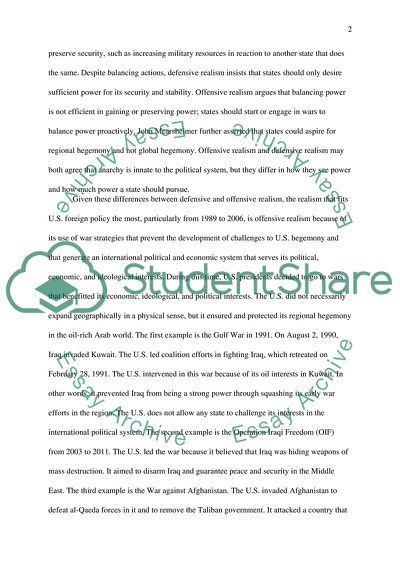Cite this document
(“Defensive versus Offensive Realism Research Paper”, n.d.)
Defensive versus Offensive Realism Research Paper. Retrieved from https://studentshare.org/social-science/1700195-defensive-versus-offensive-realism
Defensive versus Offensive Realism Research Paper. Retrieved from https://studentshare.org/social-science/1700195-defensive-versus-offensive-realism
(Defensive Versus Offensive Realism Research Paper)
Defensive Versus Offensive Realism Research Paper. https://studentshare.org/social-science/1700195-defensive-versus-offensive-realism.
Defensive Versus Offensive Realism Research Paper. https://studentshare.org/social-science/1700195-defensive-versus-offensive-realism.
“Defensive Versus Offensive Realism Research Paper”, n.d. https://studentshare.org/social-science/1700195-defensive-versus-offensive-realism.


